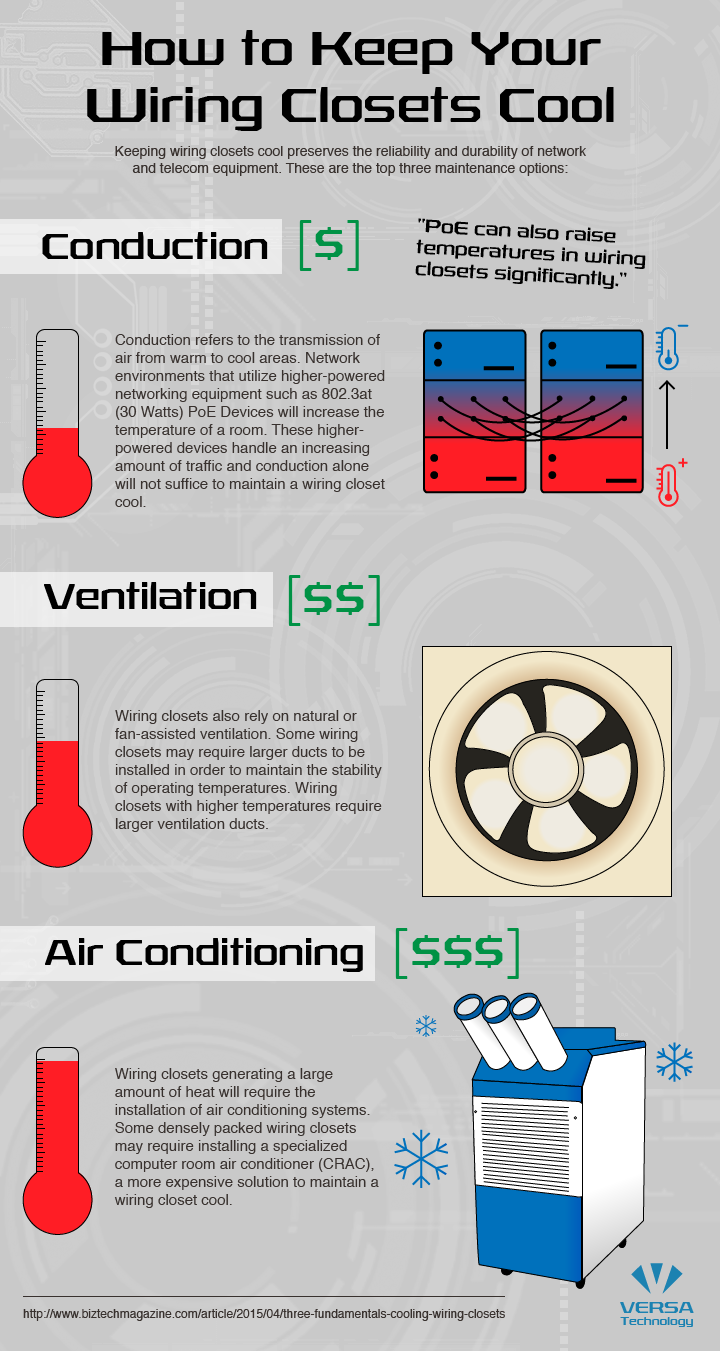Analyzing Weather'S Function In Heatpump Effectiveness And Suggestions For Optimization
Analyzing Weather'S Function In Heatpump Effectiveness And Suggestions For Optimization
Blog Article
Short Article Composed By-Melendez Munkholm
When it pertains to your heatpump, climate plays a critical role in its performance. From freezing temperatures to sweltering heat, each aspect can influence how efficiently your system runs. However what can you do to deal with these weather-related obstacles and guarantee your heat pump is operating at its best? Stay tuned to find practical suggestions and strategies to optimize your heatpump's performance, no matter the weather it encounters.
Weather Condition Elements Impacting Heat Pump Performance
Climate aspects have a substantial impact on the efficiency of heat pumps. https://www.wzzm13.com/video/news/local/as-warm-spell-continues-across-west-michigan-expert-gives-tips-on-servicing-your-ac-unit/69-f1bc7f1f-35c8-4522-ba99-fb867670b4f0 is temperature level. read here by transferring warm from outside to inside during winter season and vice versa in summertime. As temperature levels decrease, it comes to be harder for the heat pump to extract heat from the outdoors air, lowering its efficiency.
One more key element is humidity. High moisture degrees can make it extra tough for the heatpump to launch heat throughout the cooling procedure.
In addition, wind rate contributes. Solid winds can dissipate the warm absorbed or released by the heat pump, impacting its general efficiency.
Tips for Optimizing Heatpump Efficiency
To boost the performance and longevity of your heatpump, applying a few crucial approaches can make a significant difference in its performance.
First of all, guarantee routine maintenance by cleansing or replacing filters every 1-3 months to avoid air movement clogs and make the most of air flow. Furthermore, timetable yearly expert evaluations to find and address any type of possible issues at an early stage.
Ideal thermostat setups also play a crucial function. Throughout the winter, aim for a temperature setting that's as reduced as comfortable, and during the summertime, established it as high as comfy to minimize the workload on your heatpump. Making use of a programmable thermostat can aid you instantly readjust settings based on your timetable.
Moreover, securing leaks in ductwork and insulating ducts in unconditioned areas can protect against energy loss and boost general system efficiency.
Last but not least, think about installing a clever thermostat that can discover your behaviors and readjust setups appropriately, further optimizing your heatpump's performance. By complying with these ideas, you can guarantee your heat pump runs successfully and efficiently throughout the year.
Best Practices for Weatherproofing Your Heat Pump
For optimum performance and efficiency of your heat pump, implementing weatherproofing steps is essential. Begin by sealing any kind of spaces or fractures around doors, home windows, and ductwork to stop warmth loss and preserve a regular indoor temperature level.
Insulate subjected pipes and air ducts to avoid cold throughout winter and guarantee appropriate air movement. Think about setting up a safety cover over the outdoor device to protect it from rough weather condition elements like snow, ice, and particles.
Regularly tidy the outside device to eliminate dirt, leaves, and particles that can obstruct air flow and reduce efficiency. Additionally, maintain the location around the heat pump free from snow, ice, and vegetation to allow for correct ventilation.
Verdict
Since you recognize just how weather condition impacts your heatpump performance, you can take proactive actions to maximize its efficiency. By following the ideas outlined in this write-up, such as routine maintenance, thermostat adjustments, and weatherproofing steps, you can guarantee that your heat pump operates at its best regardless of the weather conditions. Stay ahead of the game and keep your home comfy all year round.
